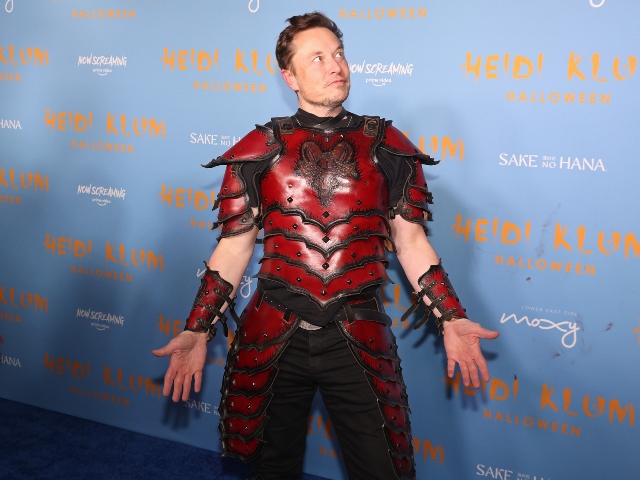In a bizarre incident, a man unintentionally stole another person’s Tesla Model 3 and drove off after being given access to it via the Tesla app. The accidental thief only realized his error when the other Tesla owner called him to arrange a car swap.
Gizmodo reports that the incident happened on March 7 as Vancouver resident Rajesh Randev hurried to pick up his children from school. He got into what he thought was his white Tesla Model 3 and started it up without issue. Randev didn’t start to worry about anything until he noticed a crack in the windshield. Still unaware he was not driving his own car, he called his wife to ask about the crack.
He got another clue that he was in the wrong car when he realized his phone charger was gone. But it wasn’t until he began getting texts from an unknown number that he began to realize his mistake. According to the messages, the Tesla Model 3 that Randev unintentionally stole belonged to a man named Mahmood. Randev’s phone number was written on a piece of paper inside of his own Tesla, which was parked next to the identical Tesla he had driven away.
After speaking with Mahmood, he agreed to return the car when he had picked up his children from school. It soon became clear that Randev had been able to unlock and take control of a Tesla Model 3 owned by someone else twice before returning the vehicle to its owner.
Both men found humor in the circumstance and called the police, who decided not to open an investigation because it was an honest mistake. However, concerns have been raised about the incident’s impact on the security and dependability of Tesla’s phone key app.
Since the Tesla app is allegedly connected to each owner’s vehicle, users can unlock their vehicles and begin driving when their phone is nearby. It shouldn’t be able to unlock or turn on another Tesla. Some skeptics have asserted that Randev was able to drive away in Mahmood’s Tesla because it was already open and running. This isn’t likely, because the Model 3 has a system that locks the doors after the owner walks away from the car, preventing anyone from starting it. This suggests that the app that permitted Randev to access and operate Mahmood’s car may have had a security flaw.
Randev tried to contact Tesla after the incident to find out how the app could have unlocked someone else’s vehicle, but his emails either bounced back or went unanswered. Since CEO Elon Musk disbanded the company’s PR team years ago, it has been challenging for customers and the media to contact Tesla.
Read more at Gizmodo here.
Lucas Nolan is a reporter for Breitbart News covering issues of free speech and online censorship. Follow him on Twitter @LucasNolan




